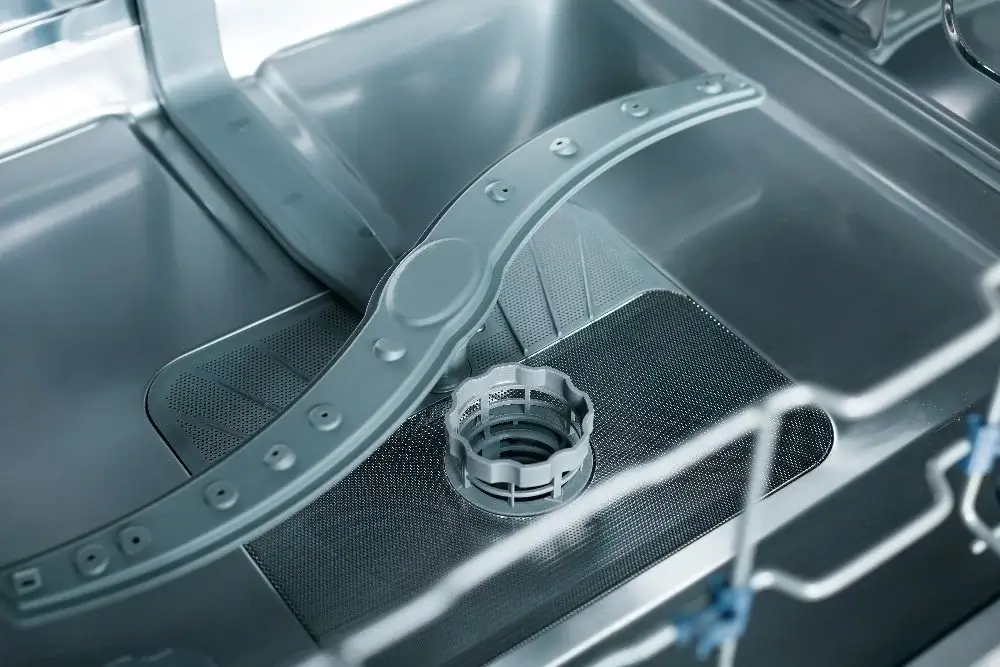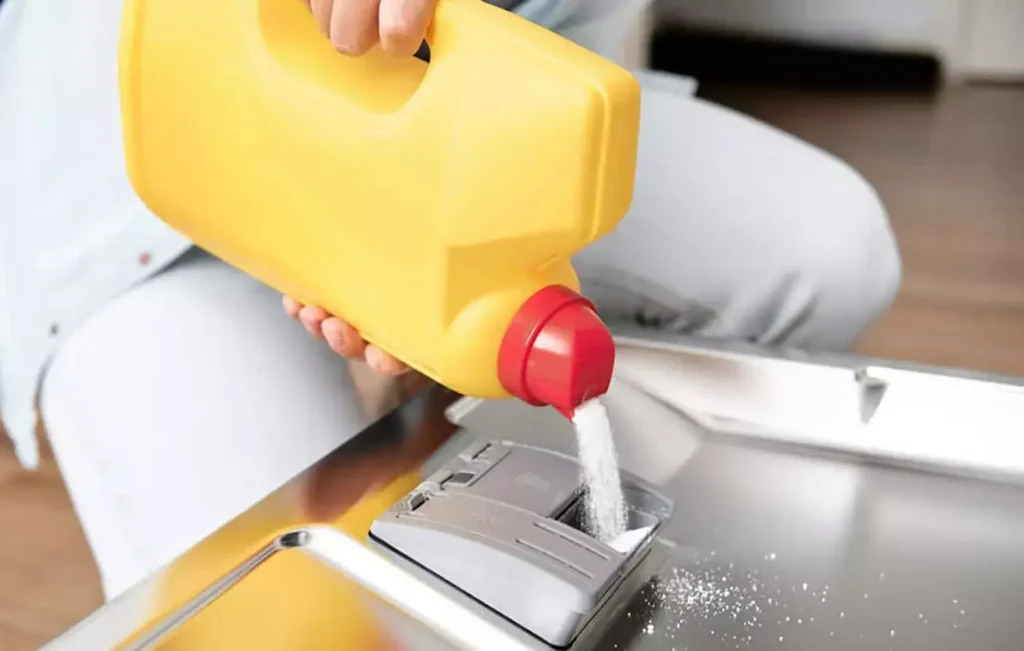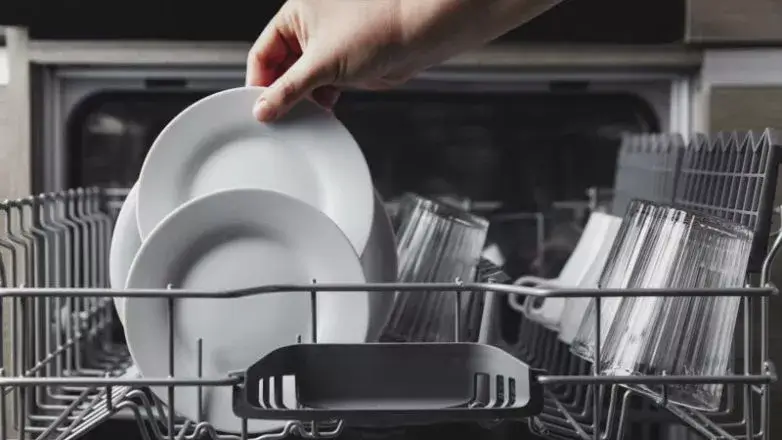A Dishwasher is one of the smartest kitchen appliance. The working of dishwasher is intended to cut down the hassles around cleaning soiled dishes. Hence, in the process save a huge amount of water that is otherwise used in multiple folds during manual cleaning of dishes.
What makes the dishes that go in dirty & soiled inside the dishwasher to come out clean & fresh?
What is the science behind having the cleaned dishes with such less water usage?
Well, for all these queries, related to How Dishwasher Works, here is a comprehensive article that describes the entire working of dishwasher from the start till the end.
Table of Contents
A typical Working of Dishwasher includes 5 Major Steps
1. Filling:
The dishwasher has a shallow basin at the bottom. An inlet valve at the source regulates & fills the water into the dishwasher. Upon selection of a cleaning program, the sensor makes the inlet valve intake the water from the source to dishwasher through valve opening.
2. Washing:
For the washing process to continue a suitable amount of water is to be filled in the basin. The 3 aspects that guide the washing cycle includes:
Water Temperature & Heating:
Dishwashers works efficiently & hygienically when the water is hot. In India dishwashers have temperature range of 40°C to 70°C. Hence, to achieve this dishwasher heats the water around the basin area with the help of metal coil. Timely cleaning of the metal coil would help in proper heating of water.
Water Circulation:
After heating the water, now comes the most important step in the working of dishwasher. The spray arm circulates the heated water in the basin upwards for cleaning.
Spray arms are free swinging paddles with small holes. The number, size & location of spray arms might differ from brand to brand & even model to model.
The force of the water causes the spray arms to rotate. As a result, this covers the maximum area for cleaning. The openings in the spray arms from pipes direct this heated water upwards for cleaning.

In case, you experience poor cleaning results even after the working of dishwasher, check the pump, the impeller could be in damaged condition. Or else, check for the spray arms pores. Generally, the dirt particles choke or clog them. This, later on, obstructs the flow.
The water after cleaning, mixes with the soiling or food debris from the dishes. The filter in the sump at the bottom collects these particles and retains the large particles. Timely, cleaning of the filter is a must to avoid any clogging in the drain line & spray arms as well.
Hence, the soiled or dirty side of dishes is kept face down in the dishwasher. So that the forced water directed oppositely upwards & helps to clean the dishes & utensils.
Detergent:
No cleaning is complete without the use of detergent. Similarly, detergents are one of the important considerations while working of dishwasher.
After some time, it dispenses the detergent in it, which mixes with the water. For effective cleaning, it sprays the water over dishes.
However, you cannot use normal detergents in the dishwasher. These normal detergents create a lot of foaming & suds, causing the dishwasher to overflow. Hence, for this, it’s better to use only dishwasher specified detergents. Now, choosing a detergent powder, liquid or tablets depends on personal preference.
On the other hand, overfilling the detergent dispenser might lead to the edging of the utensils. The quantity of detergent used needs to be in check for avoiding the fouling of vessels or glassware.

In case, you are provided with hard water in your area, dishwasher salts are also available that counters the mineral build-up over dishes. These salts are chemically similar to table salt but are more coarse & granular for the better cause.
3. Draining:
After the wash cycle completes in a particular working of dishwasher program, the dirty water so collected at the sump below contains food particles. The sieve at the bottom catches off the large food particles. Whereas, the filter traps the smaller particles.
The drain pump then forces the water out through the outlet waster water line. In case, the draining isn’t proper, make sure the pump is fine & has no damaged elements. Apart from this check for any blockages in the drain hose even.
4. Rinsing:
This is the final step after the washing cycle. It ensures complete removal of detergent & remaining food over the dishes. The rinsing cycle is somewhat similar to the washing cycle. This cycle heats the water slightly to get the best possible results.

Here, in the working of dishwasher, it uses the rinse aid. This is to avoid formation of water droplet marks over the dishes & glassware. The rinse-aid easily spreads the water. As a result, no water droplets remain over the dishes after the cycle completes. Hence, the dishes dry faster.
All in 1 dishwasher tablets are also available that performs for detergent, rinse aid, salt, glass protection altogether. Hence, no longer hassle for different detergent, & separate rinse aid & salt.
5. Drying:
Following the washing & rinse cycle, comes the final step of the process, the drying cycle. The drying cycle helps to vent out the remaining moisture over the dishes after draining the water.
Voila, now you have clean, fresh & hygienic dishes ready to use, with you.

In case, you have any questions or queries regarding dishwasher you can visit: Dishwashers Reviews India FAQs | Top 20 Questions Answered or feel free to drop in your questions in the comment section below, we will try to answer them.




